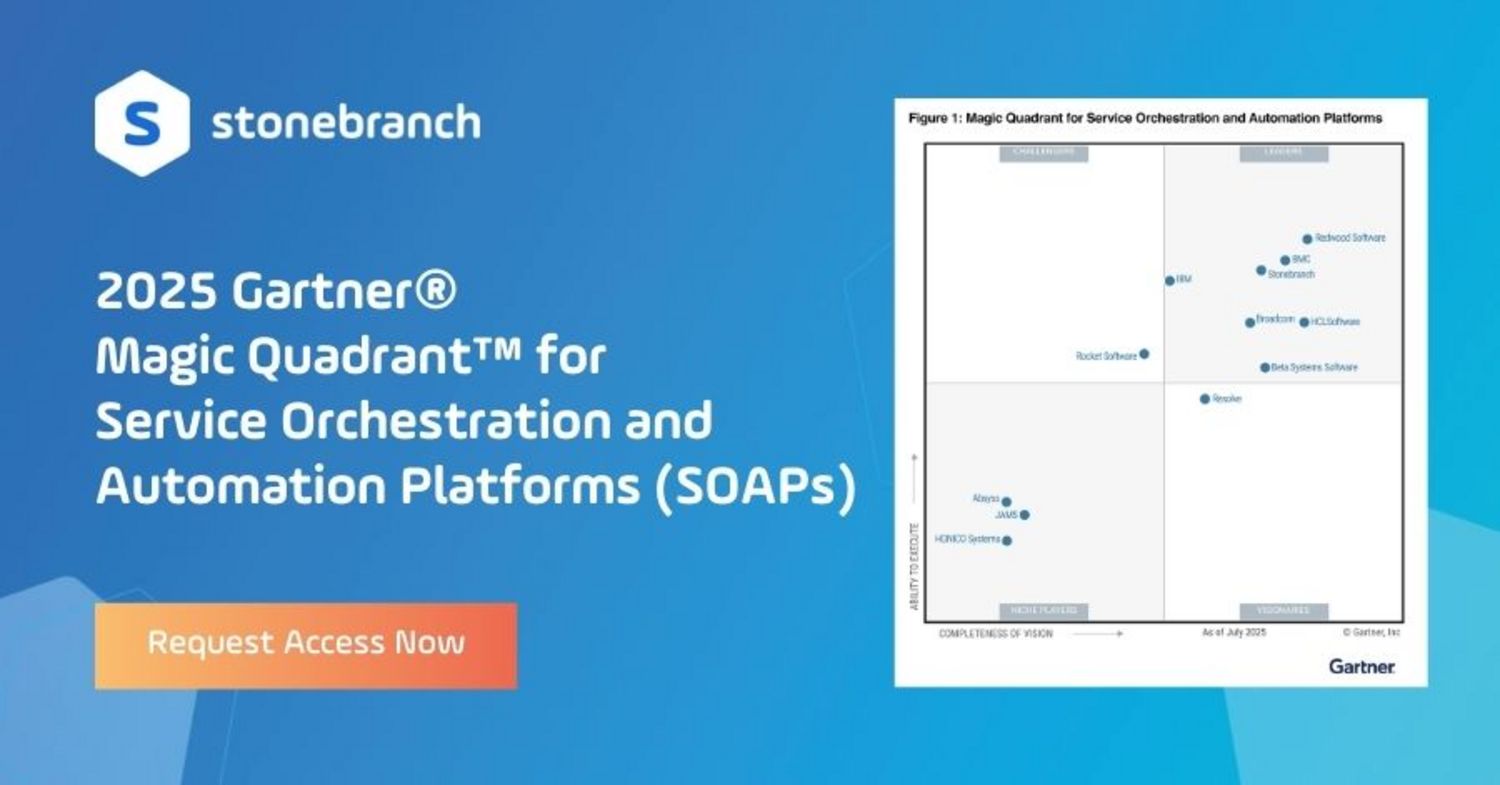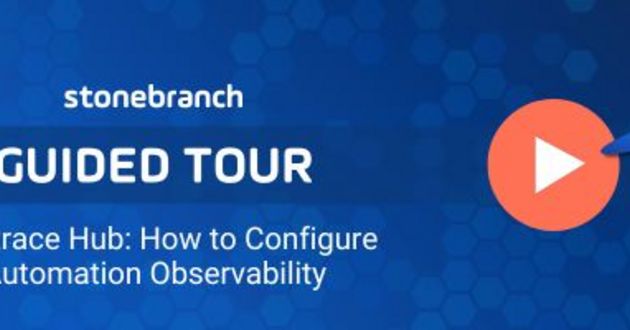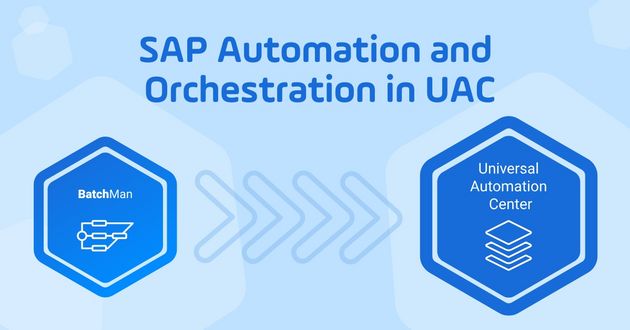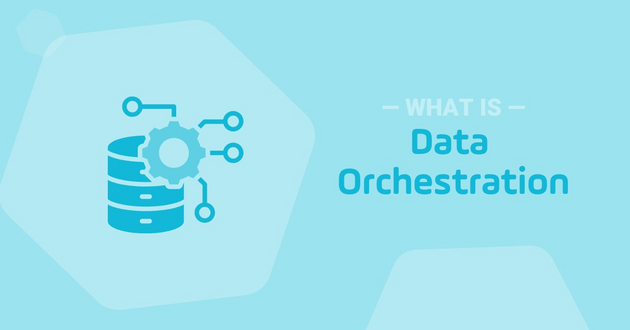Digital Platform Conductor Tools: Bring Order to Your Infrastructure Chaos
Discover Gartner's new DPC tools category to understand its key differentiating capabilities and how it supports enterprises as a conductor of hybrid digital infrastructure tools.
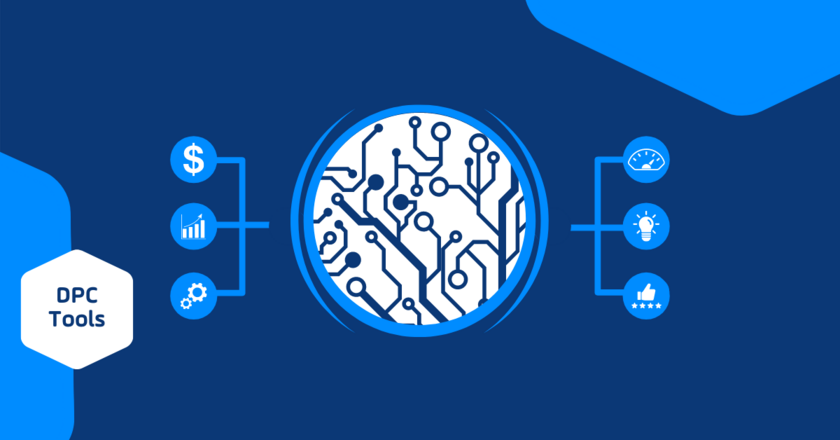
Digital Platform Conductor tools (DPC) is a new term coined by Gartner. At its core, DPC recognizes that there are a number of software tools and platforms used to orchestrate or conduct an enterprise digital transformation. Gartner's latest Innovation Insight research puts forth that Infrastructure and Operations (I&O) leaders need a consolidated view to enable both on-premises and cloud-based digital platforms and IT infrastructures. This article dives into the research, sharing the critical points of what a DPC tool is and isn't.
Hybrid IT Environments Are the Catalyst
At this point, everyone is aware of the cloud's potential business benefits. But unlocking those advantages takes strategic forethought, a good process, and the visibility to gauge the progress. Although a digital transformation initiative is commonly viewed as a shift to the cloud, that generalization fails to account for two key points.
- Not all application workloads will be brought along for the ride to the cloud. This is made clear by research from Gartner, which reports that an average of 60% of workloads will remain on-premises among organizations with public cloud migration plans.1
- "The cloud" isn't a singular destination. According to the 2020 Gartner Cloud End-User Buying Behavior Study, 80% of the organizations surveyed in the report had chosen to work with multiple cloud providers. The primary reasons for using a multi-cloud strategy were a desire to utilize best-of-breed solutions or meet availability and performance requirements.
The truth is that nearly every digital transformation initiative will require organizations to spend significant time operating in a hybrid IT environment. Sometimes this stage is a brief steppingstone toward a cloud-first strategy, and sometimes it's a more permanent solution.
Hybrid Digital Infrastructure Management (HDIM) Defined
You really can't have a Digital Platform Conductor tools discussion without talking about HDIM. Gartner defines HDIM as the mix of enterprise tools that monitor IT assets and associated workloads and costs across hybrid IT environments, which include owned data centers, colocation and hosting providers, and cloud service providers.
These tools provide a clear picture of the interdependencies and performance characteristics of compute services being delivered by IT to business users. HDIM does not represent a singular toolset. Instead, the term references a variety of hybrid infrastructure management tools used for everything from planning the adoption of new technologies to assisting their implementation.
Common software or platform categories that ladder up into an HDIM tech stack include:
- Delivery automation tools, including Service Orchestration and Automation Platforms (SOAPs) and application release orchestration.
- Performance analysis tools, including IT infrastructure monitoring and AIOps tools.
- Experience management tools, including IT financial management and IT service management tools.
With so many disparate tools serving up applications in today's hybrid IT environments, it becomes difficult for IT teams to gain a single view into the what, where, when, and why of their digital infrastructure. In some cases, by the time they see something happening (or has happened!), it's too late.
What is a Digital Plaftorm Conductor Tool?
This is where Digital Platform Conductor tools come into play to offer stakeholders a panoramic view of digital platforms' performance and availability. This visibility delivers a means to control the execution of application workloads. Think of DPCs as the highest layer that helps an enterprise manage its HDIM tech stack.
Gartner says that DPC tools provide a unified view of underpinning technologies and their connection to applications. In addition, DPC tools enable the processing of application workloads at the right time, from the right technology, in the right location, for the right price.
It's important to note that Gartner puts forth that a DCP tool is not one new tool to rule them all. DCP tools are not anointed to replace all the HDIM tools currently in place for monitoring, ticketing, orchestration, provisioning, and other infrastructure-related activities.
But Wait, Aren't HDIM Tools Already Orchestration Tools?
Many of the vendor categories that Gartner classifies as HDIM tools already position themselves as orchestration platforms. In other words, these platforms are already attempting to be orchestrators of the hybrid IT environment. So, what is the real difference between HDIM tools and what Gartner is calling a DPC tool?
The answer lies somewhere in orchestration versus conducting. Garter proposes that DCP tools orchestrate HDIM tools. Think of DCP like the orchestra conductor and HDIM as the orchestra. A DPC tool directs the overall HDIM toolset to ensure workloads flow to the right environments to meet business needs.
That said, there is an overlap in HDIM and DCP vendor capabilities. According to Gartner, there isn't a single DCP tool that fits the entire bill in the market today. However, there are some HDIM categories that are closer than others.
Will SOAPs Become DCPs?
It's likely that we'll see SOAPs leveraged by more and more enterprises as DCP tools. SOAPs have the broadest integration capabilities of the above-mentioned HDIMs. And, in essence, SOAPs are used as the master orchestrator for all types of infrastructure and automation processes today. The category is relatively new, but SOAPs are an evolution from traditional workload automation. As such, it's an obvious step to assume a SOAP’s native workflow and integration capabilities are adept at "conducting" other hybrid infrastructure tools. In fact, for some businesses, SOAPs currently satisfy the primary requirements of Digital Platform Conductor tools today.
Next Steps
It's worth evaluating whether a SOAP like Stonebranch meets your requirements as a Digital Platform Conductor tool. Not only do SOAPs work with the HDIM tools you already have, they’re also flexible enough to adapt as your needs change. Organizations that use SOAPs today take advantage of the single view they gain of infrastructure across all lifecycle stages. As it relates to DCP tools, orchestration is the critical component of a SOAP. After all, a solution that operates as your orchestration layer (or conductor) is a good place to start. Want more? Learn about Stonebranch's Universal Automation Platform.
1 Gartner’s Public Cloud Initiatives Study 2020
Start Your Automation Initiative Now
Schedule a Live Demo with a Stonebranch Solution Expert

